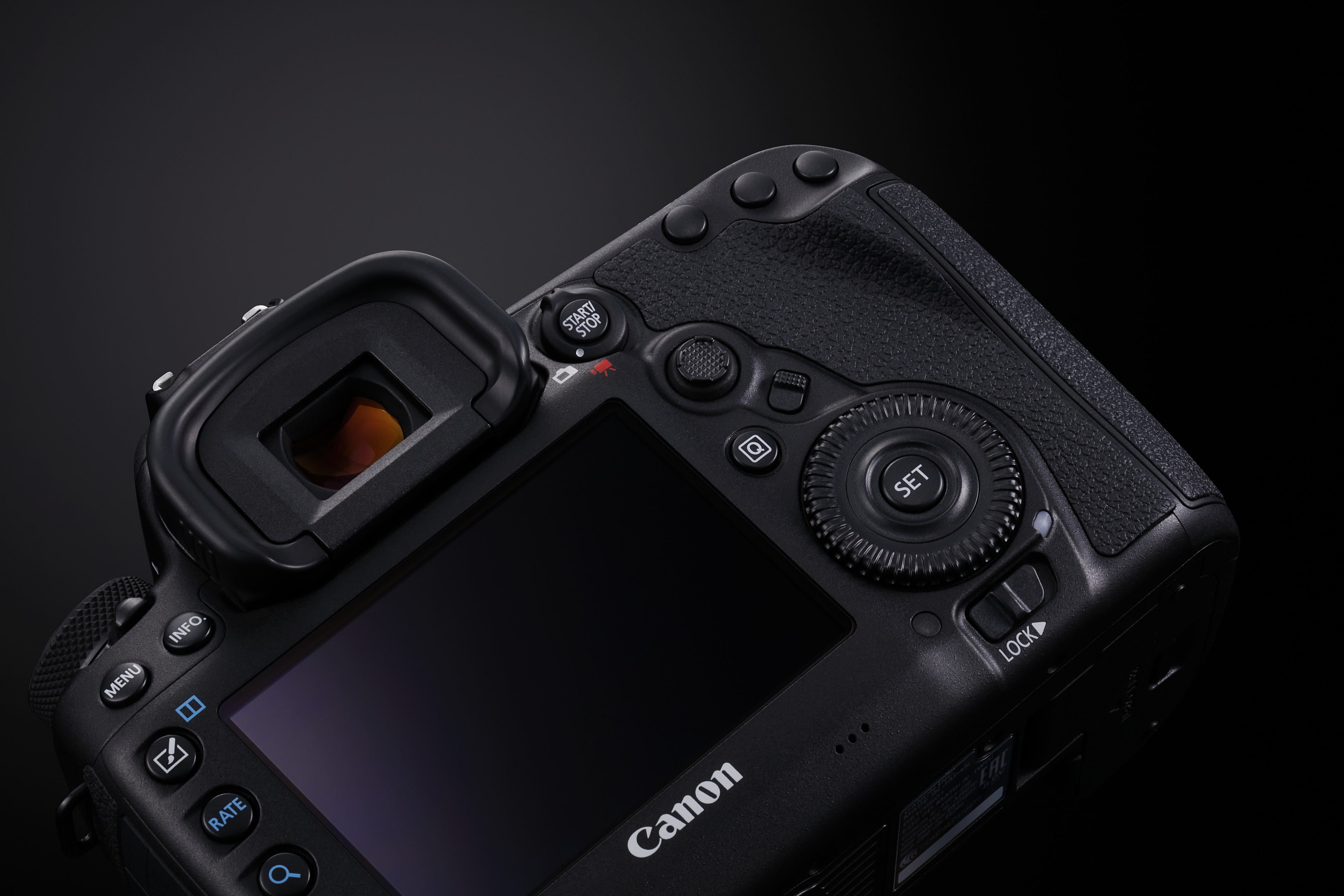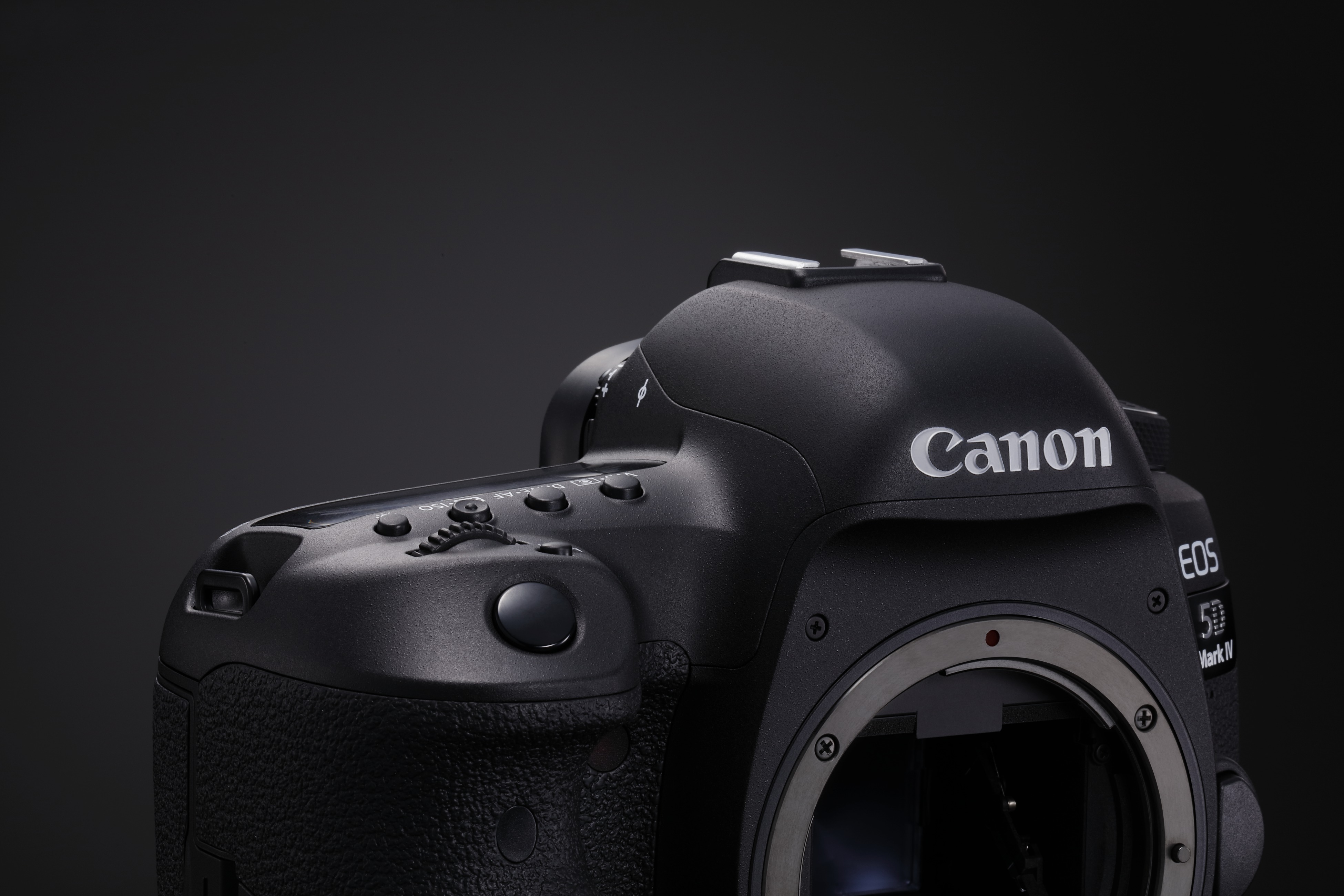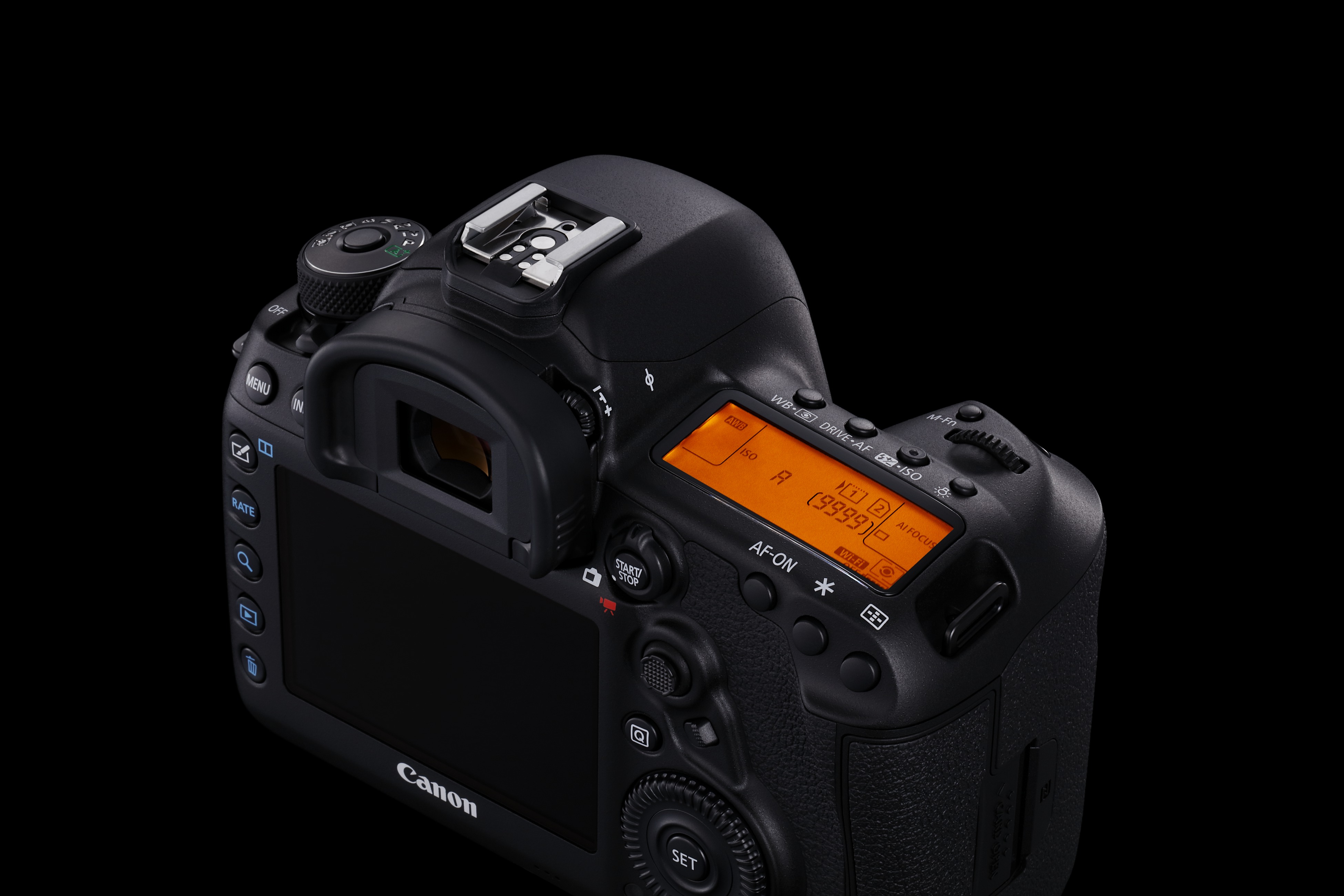TechRadar Verdict
If you can justify the outlay, then the Canon EOS 5D Mark IV has to be one of the most well-rounded and complete DSLRs we've seen. Suited to a range of subjects, from landscapes to sports and wildlife, it'll perform superbly in any situation.
Pros
- +
Responsive touchscreen
- +
Advanced AF system
- +
Live View AF performance
- +
Excellent sensor performance
- +
7fps burst shooting
- +
Connectivity options
Cons
- -
Expensive compared to rivals
- -
ISO range hasn't increased
- -
4K video options limited
Why you can trust TechRadar
Canon's 5D series of cameras has a rich heritage – the original EOS 5D bought full-frame photography to the masses, the Mark II unleashed Full HD video capture for the first time on a DSLR, and while the Mark III didn't have quite the landmark features of its predecessors, its improved AF system made it one of the most complete DSLRs of recent times, loved by enthusiasts and pros alike.
Despite the range deviating a little since then, with the arrival of the 50.6MP 5DS for those wanting even more pixels, the arrival of a new generation of the 5D is a big deal.
Features
- All-new full-frame CMOS sensor
- 3.2-inch touchscreen, 1,620,000 dots
- DCI 4K video capture
The 22.3MP sensor in the 5D Mark III was starting to look a little dated compared to some of the competition – it was actually only a minor bump-up in resolution from the 5D Mark II – so it's nice to see a notable jump to 30.4MP here.
That's not quite rivalling the 36.3MP Nikon D810 or 42MP Sony Alpha 7R II, but files still come out at 6720 x 4480 pixels, meaning that if you want to print at 300dpi the native size is just under A2 at 56.9 x 37.9cm (22.4 x 14.9 inches), while those looking for even more pixels have the option of the 50.6MP 5DS.
Sensor: 30.4MP full-frame CMOS
Lens mount: Canon EF
Screen: 3.2-inch touchscreen, 1,620,000 dots
Burst shooting: 7fps
Autofocus: 61-point AF
Video: DCI 4K
Connectivity: Wi-Fi
Battery life: 900 shots
Weight: 840g
The 5D Mark IV is also using the same latest-generation sensor technology that we've seen in both the 1D X Mark II and 80D, with on-chip digital-to-analogue conversion, which should deliver improved noise performance as well as broader dynamic range.
That's not the whole story as far as image quality goes though, with the arrival of Dual Pixel Raw technology giving photographers the capacity to fine-tune the area of maximum sharpness.
With each pixel made up of two photodiodes, it allows for the creation of a file which contains a pair of images with two very slightly different focus points. You can then open the file in Canon's Digital Photo Professional software, and use Image Micro-adjustment to shift the focus ever so slightly; not massively, but Canon believes there's the potential to rescue some shots using this technology.
As you'd expect, the file size increases dramatically, from 37MB to 67MB – and you will have to use Canon's rather clunky DPP software.
The native sensitivity runs from ISO100-32,000, and is expandable to 50-102,400. Impressive though this is, this expanded range is actually identical to the 5D Mark III's, although Canon reckons it has enhanced the noise-processing algorithm for improved results at higher sensitivities, while it's also a stop more than one of this camera's closest competitors, the Nikon D810.
The AF system is sensitive down to -3EV (-4EV in Live View) – that's darker than moonlight
The Canon EOS 5D Mark IV uses both a DIGIC 6 and a DIGIC 6+ processor, with the former used solely for metering, freeing up the DIGIC 6+ processor to handle everything else, including the 61-point AF system with 41 cross-type sensors (five of which are dual cross-type for even greater accuracy).
The AF system is sensitive down to -3EV (-4EV in Live View) – that's darker than moonlight, so focusing shouldn't be an issue in poor light, while the fact that you can use lens/teleconverter combinations with a maximum aperture of f/8 and still have the luxury of all 61 AF points (21 cross-type) will be a real draw for sports and wildlife photographers.
The 5D Mark IV also inherits Canon's Dual Pixel AF technology, meaning there are phase-detection points on the imaging sensor itself, promising quicker AF acquisition than we saw in the 5D Mark III, and performance as speedy as in a lot of mirrorless cameras.



The large 3.2-inch display boasts an impressive 1,620,000 dots and touchscreen functionality, as on the 1D X Mark II. The difference, though, is that while the touchscreen was only active during Live View on the 1D X Mark II, the touchscreen interface on the 5D Mark IV is active all the time, enabling menu navigation and image review as well.
Canon has also kept the same battery as in the 5D Mark III, which might not seem that big a deal, but it's a shrewd move, meaning that existing users looking to use both cameras in tandem don't need two sets of batteries and chargers.
The EOS 5D Mark IV has external microphone and headphone ports, as well as HDMI Mini out and USB 3.0 terminals
Canon created its own micro industry when the 5D Mark II came along with Full HD video, but the video landscape has changed quite a bit since then, with the likes of Sony and Panasonic getting their act together in this area, so it's no surprise to see Canon fighting back here with the inclusion of 4K video.
To be more precise, the 5D Mark IV features DCI 4K video capture at 4096 x 2160 pixels, at 30/25/24fps (approx 500Mbps). This also means you can extract 8.8MP JPEG images from 4K video if needed, thanks to the Motion JPEG file format available for 4K capture.
This is the only file format available when shooting 4K however, while there's no option to shoot in a flat gamma profile. Things do get better at 1080p, with a host of Full HD options, as well as the ability to shoot 120fps HD video for some impressive slow-mo movies.
The 5D Mark IV has external microphone and headphone ports, as well as HDMI Mini out and USB 3.0 terminals.
Finally, the 5D Mark IV sports dual SD and CompactFlash card slots accepting fast UDMA 7 cards, and features both Wi-Fi and NFC connectivity for transferring images to a compatible device – and that's not forgetting the built-in GPS unit.
Phil Hall is an experienced writer and editor having worked on some of the largest photography magazines in the UK, and now edit the photography channel of TechRadar, the UK's biggest tech website and one of the largest in the world. He has also worked on numerous commercial projects, including working with manufacturers like Nikon and Fujifilm on bespoke printed and online camera guides, as well as writing technique blogs and copy for the John Lewis Technology guide.

